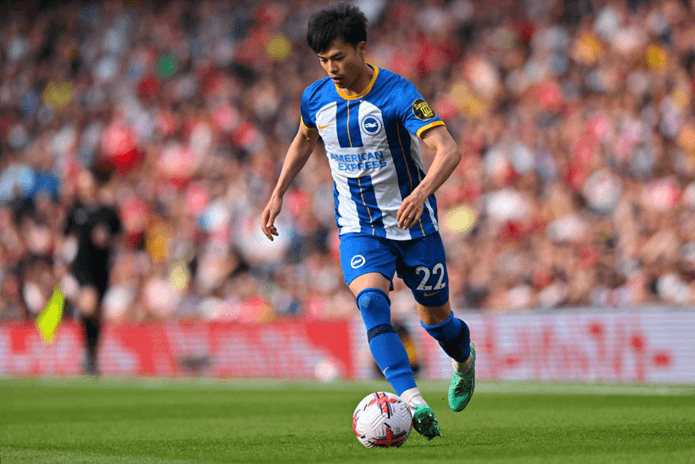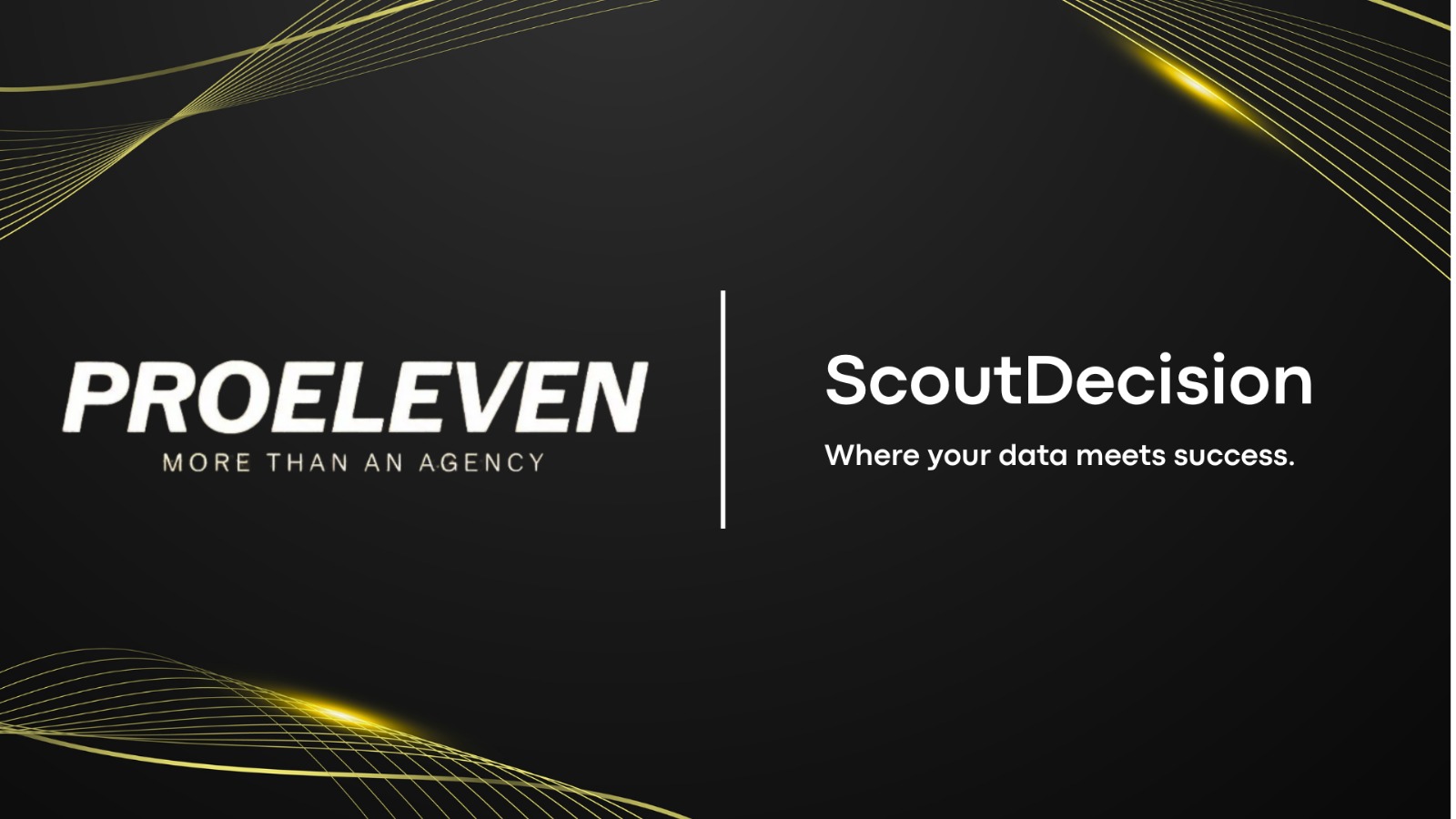Big Data and Soccer
Data analytics and machine learning have made a huge impact on decision making around the world and are improving statistics-based decisions in all aspects of life. The influence of data in sports has recently become very evident, but it’s been affecting the sports world for years. It initially began impacting sports like baseball and basketball that can be more clearly defined by basic statistics. In baseball you have each pitcher’s ERA and each hitter’s batting average, and basketball has each player's PTS, REB, AST, etc. The use of big data in baseball made its way into popular culture when the movie Moneyball came out in 2010. Moneyball is a film about the Oakland A’s owner, Billy Beane, who used data analytics to lead the team to the playoffs for four straight years, despite operating with the lowest budget in the MLB. Beane looked at how players were valued around the league and found that the entire league was way too focused on batting average, and that on base percentage and the ability of a hitter to draw walks was more important in determining a hitter’s value. He used this finding to target undervalued players and sign them for contracts that offered good value (a high performing player for a reasonable cost) to the team. The use of data analytics has taken a bit longer to become popular in soccer as there is less scoring and one must use more advanced stats to really determine a player’s value. There has also been plenty of pushback from fans and managers that don’t believe in data and would rather just use the “eye test.” It is true that it would be incredibly silly to only rely on data to make decisions, but given the recent success of teams like Brighton and Liverpool it is clear that if used correctly data can be extremely fruitful in guiding decisions about player signings and match tactics.

Brighton have been able to bring in plenty of undiscovered young talent, making them one of the most exciting teams in the Premier League this season. Moises Caicedo and Kaoru Mitoma have both been immense for Brighton this season after being signed for 5 million euros or less, which is impressive given how clubs like Chelsea signed multiple players last year for over 50 million euros. Plenty of Brighton’s success in the transfer market can be attributed to their owner Tony Bloom. Bloom is a sports betting entrepreneur, which gives them a massive advantage as they have access to more data than any other clubs can get. He has his own software algorithm that filters the whole market and is kept secret from everyone that could possibly leak who Brighton is targeting in the market. Although they have access to rich data and models that predict which players will turn out to be valuable in the future, there is still much more that goes into their scouting process. They have a full team of scouts that work just like they would if they didn’t have access to all of that data. The difference is that their data and models point out players in different leagues and countries that they may not have decided to scout without the data. This way the scouts are able to effectively follow a map to look for players that perform in categories that fit the club's model, sort of like stepping into a grocery store and reading the signs to find the right aisle for a category of one’s desired food items. Similarly, the data guides scouts in identifying the category type of player they seek. Once they reach that aisle of players, they may evaluate additional factors and then select the specific player that suits their requirements. Clubs like Liverpool have shown how effective using data combined with specifically defined roles for each position can be. Their available team is constantly changing with injuries, transfers, and international duty, so data analysts are constantly updating their models that make player assessments as well as gauging team dynamics. In Liverpool’s high-octane, constant pressure system they needed a center midfielder that could cover an immense amount of ground, provide goals and assists in attack, and be solid defensively. Their scouts, with the help of artificial intelligence scouting, were able to identify Gini Wijnaldum from Newcastle as someone that fit the role perfectly. Liverpool then went and signed Wijnaldum for a modest fee of 27.5 million euros. Over the next five seasons Wijnaldum was a crucial part of Liverpool’s Premier League and Champions League winning squad, perfectly fitting the role Liverpool set out for him. Then, when Wijnaldum left Liverpool in 2021 and signed with PSG, who has a massive bankroll and tendency to sign players without really taking into account the role they will play in their squad, he was just a rotation player for the club.

Aside from focusing on their own team, Liverpool and most other clubs these days are using artificial intelligence to scout out their opponents and create tactical game plans. Data can give analysts key insights they can relay to the manager including how their opponent likes to attack and defend, when they tend to score most of their goals, and which parts of their defense can be easily exploited. Looking at data can also be very helpful in creating specific scouting reports on certain players on opposing teams. Scouting reports made without using any data are helpful for sure, but using data can lead to specific tips that coaches may not have been able to point out previously. For instance, extrapolating data can lead analysts to come to conclusions about which players tend to lower their performance after making a mistake. Then, the manager can tell his team to apply pressure and force that player to make mistakes early in the match, lowering their confidence from the start. Combined with basic reports on player tendencies, these insights can be extremely supportive in planning to disrupt the opponent and try to win the match. The use of data has also helped clubs in making smarter decisions about the fitness of their players. Every professional club nowadays has a way of tracking the effort players put forth in their training sessions in matches – usually through the players wearing a monitor that tracks distance covered, speed, heart rate etc. This data can be used to create reports that tell the manager and fitness staff what a player’s output should be for each session. Before this was available managers faced challenges in effectively assessing how to regulate the intensity levels of training sessions for individual players. Their attention was primarily directed towards the overall fitness of the entire squad. For instance, the fitness staff could see now that even though a player has been playing a healthy amount of minutes, they haven’t been covering much ground in training compared to the rest of the squad. They may prescribe that player a couple of extra shuttle runs after a session. Overall, data has the ability to affect all parts of the soccer world. Clubs will have to spend money to improve their data analytics team in order to be competitive. Data analysts will start to become as important as the actual scouts, as the information they provide is often just as useful. In the future there may even be “artificial intelligence coaches” on the sidelines that offer managers live advice on tactical decisions.



